The News
In a recent briefing, Google outlined Gemini Enterprise, a unified platform that brings together Gemini models (including Gemini 2.5), diffusion models (e.g., Veo), low-code/no-code agent tools, packaged connectors (Microsoft 365, SharePoint, ERP/CRM, coding tools), governance and auditing, and an agent marketplace. The session demonstrated multi-agent orchestration (market research, media generation, comms, inventory) for a Halloween campaign, emphasized A2A (agent-to-agent) interoperability and a payment protocol for agent commerce, and showcased performance on TPUs/GPUs. A Virgin Voyages case study highlighted measurable business impact and framed AI as a multiplier of human potential.
Analysis
A single front door for enterprise AI
Enterprises have been stitching together models, connectors, agent builders, and governance in fragmented ways. Google’s pitch is a consolidated workbench: chat with enterprise data and the open web, search internal/external sources, build and deploy specialized agents, and govern them with granular permissions, auditing, and “model armor.” This consolidation maps directly to what developers tell us they want: fewer moving parts between data, models, and automation, plus transparent guardrails.
From theCUBE Research and ECI Research Day 1/Day 2 studies, 73.4% of organizations prioritize AI/ML investment, 61.8% operate primarily in hybrid environments, and 93.3% track SLOs for internally developed apps. Yet 31.5% still miss SLAs multiple times per year and roughly half say they spend too much time on root cause. A platform that bakes in governance and observability at the agent layer could help tame operational risk as AI moves from copilots to autonomous workflows.
Agents that meet the data where it lives
The lecture leaned into model-to-data patterns: governed access in-place across on-prem and cloud, minimizing copies and reducing compliance exposure. For developers, this aligns with the practical reality of hybrid stacks and data residency. It also lines up with market momentum we’ve tracked around standardization and interoperability (e.g., emerging protocols like A2A) for multi-agent ecosystems.
As teams adopt retrieval-augmented generation and domain-specific agents, fragmentation increases: multiple vector stores, multiple backends, and varied identity models. Gemini Enterprise’s connectors and policy model aim to normalize that complexity. In our Day 0 data, 89.6% of developers already use AI-based tools, but 41.3% cite APIs/identity as the most susceptible security elements. This underscores why centralized policy, least-privilege access, and audit trails matter as agents gain system privileges.
Low-code agents meet platform engineering
The low-code/no-code agent tools (and the visual designer in preview) are aimed at democratizing agent creation while keeping platform teams in control. Our Day 0 findings show 76.8% GitOps adoption and heavy use of automation and IaC; developers want self-service with guardrails. An agent marketplace plus packaged connectors can accelerate time to value, but the make-or-break for platform teams will be:
- Policy as code for agents (identity, scopes, data boundaries)
- Environment parity from dev → prod (observability, audit, rollback)
- Cost controls for model usage and external API calls
The lecture’s dashboards for LLM usage limits and interaction monitoring speak directly to these needs and to FinOps concerns around unpredictable AI spend.
Performance and sovereignty are table stakes
Running on TPUs/GPUs with latency-aware orchestration is more than a benchmark story; it’s about fit for event-driven, multi-agent workflows. Many teams operate under residency, privacy, or cross-border constraints. Our DevSecOps data shows 68.3% plan increased security & compliance spend and 54.4% will invest in software supply chain security. Interoperable agents that act where data resides (paired with auditability and identity-aware connectors) align with the enterprise push for sovereign AI without giving up speed.
Cultural adoption is part of the architecture
The Virgin Voyages example illustrates that culture and accessibility (weekly discovery time, democratized tools) correlate with measurable outcomes (faster campaigns, reduced external spend, higher content velocity). We’ve seen similar patterns across AppDev Done Right research: the organizations that pair platform guardrails with broad access to AI tooling are the ones that move from pilots to production.
Conclusion & Forward Look
Gemini Enterprise is Google’s answer to the emerging stack for agentic AI at enterprise scale, a cohesive setup that spans models, connectors, governance, and marketplaces. For developers and platform teams, the promise is fewer seams: standardized agent patterns, consistent identity and policy, and end-to-end observability. For leaders, the promise is moving beyond copilots toward governed automation that touches real systems with human-in-the-loop checkpoints and auditable actions.
What to watch next:
- Protocol traction. If A2A gains adoption across vendors, multi-agent ecosystems become far more portable.
- Cost transparency. Native usage monitoring and guardrails will need to mature into predictable unit economics for agent workloads.
- Policy-first DevEx. Expect “policy as code” to extend from services to agents, with GitOps pipelines managing identities, scopes, and approvals alongside code.
- Ecosystem breadth. The depth of prebuilt connectors, partner agents, and marketplace governance will determine how quickly teams can ship compliant automations.
If Google can deliver durable interoperability, strong governance UX, and predictable performance across hybrid estates, Gemini Enterprise has the ingredients to become a default canvas for building and running multi-agent applications, one where developers ship faster, platform teams keep control, and the business sees measurable impact.



